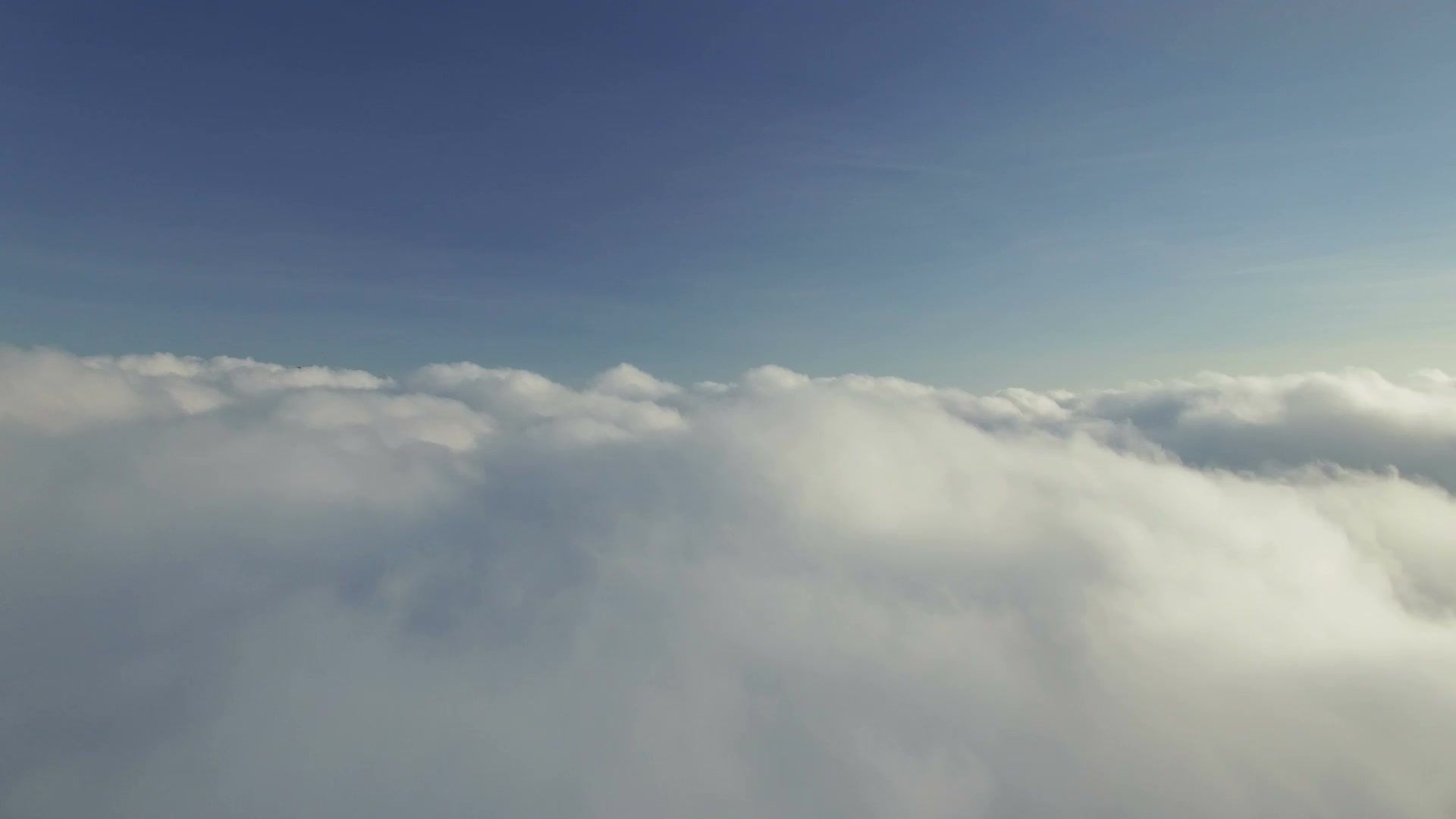
Service
-
DataBase and Archives
-
We decided to use the dataset mentioned above to analyze the different aspects regarding UFO sightings such as incident locations, times, and sizes.(image of partial dataset is shown below)
-
For archives, we will follow this link for our reference. This link is provided by national archives that contains the records of unidentified anomalous phenomena.
-
-
Software and Program used:
-
Google documents and sheets: Documents and Excel were used for documentation, such as brainstorm, storyboard, and narrative; data analysis, such as recording data on a Google sheet for analysis;
-
Mapme for constructing our interactive map for improving the experience of our users
-
-
Python and data visualization
-
For this part, most of our resources come from this link. This website contains many graphic representations of UFO sightings data such as the total of incidents of UFO sightings in each state, the frequencies of UFO sightings times, and distances comparison. We use these resources to show the direct information to the reader rather than text files because graphs could show some important points quickly and easily.
-
-
Positionalities of Users:
-
By offering diverse content types (academic articles, visualizations), we ensured that users with varying interests and expertise levels could benefit from our project.
-
In one of the class readings, “What is Visualization?”, Manovich said, “Visualization is the new mass medium” which transforms data visualization into a “powerful medium for communication.” By transforming the clustered and massive data into various types of charts, such as bar charts, histograms, and pie charts, along with text descriptions and analyses, we can fulfill the aim of providing a clear and trustworthy process of how the collected information is organized, analyzed, and digitized for the project. This approach not only enhances the comprehensibility of our findings but also leverages the communicative power of visualizations to convey complex data in an accessible manner.
